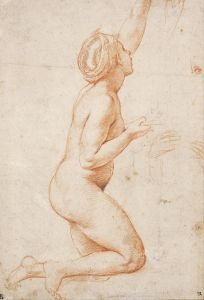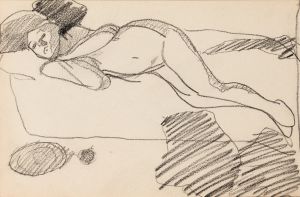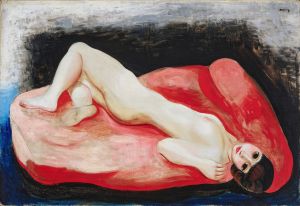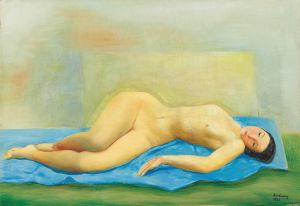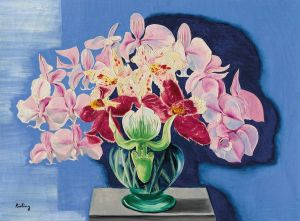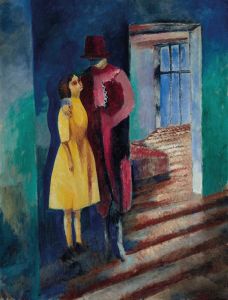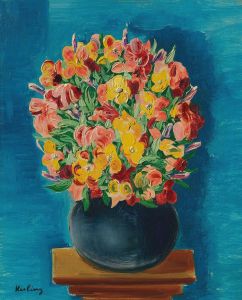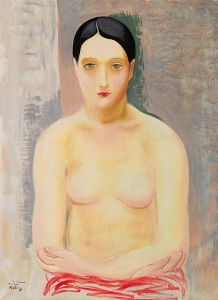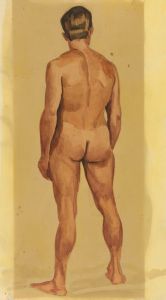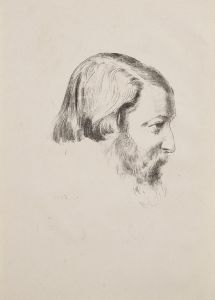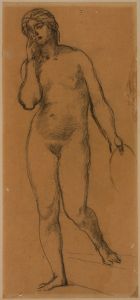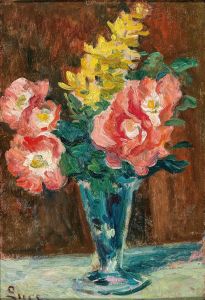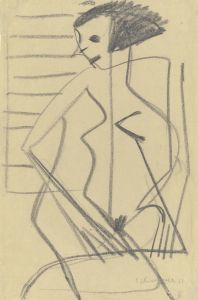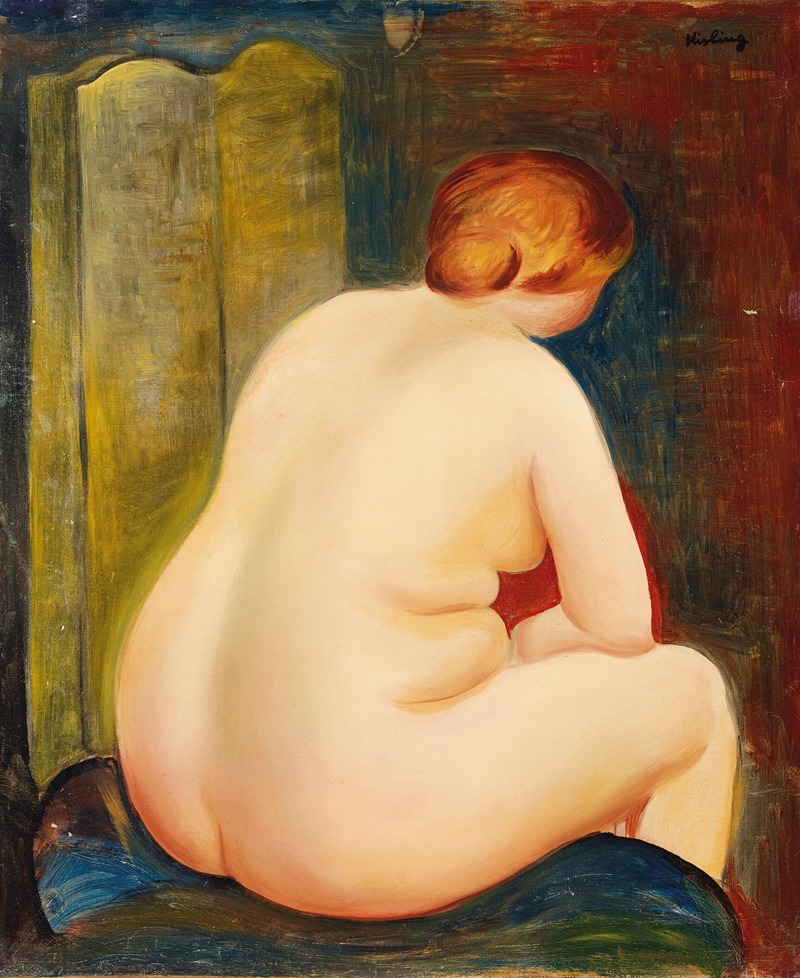
Nu de dos
A hand-painted replica of Moïse Kisling’s masterpiece Nu de dos, meticulously crafted by professional artists to capture the true essence of the original. Each piece is created with museum-quality canvas and rare mineral pigments, carefully painted by experienced artists with delicate brushstrokes and rich, layered colors to perfectly recreate the texture of the original artwork. Unlike machine-printed reproductions, this hand-painted version brings the painting to life, infused with the artist’s emotions and skill in every stroke. Whether for personal collection or home decoration, it instantly elevates the artistic atmosphere of any space.
Moïse Kisling, a Polish-born French painter, is known for his distinctive style that blends elements of modernism and traditional portraiture. One of his notable works is "Nu de dos," which translates to "Nude from the Back." This painting exemplifies Kisling's skill in capturing the human form with a unique blend of realism and stylization.
Kisling was born in 1891 in Kraków, which was then part of the Austro-Hungarian Empire. He moved to Paris in 1910, where he became associated with the Montparnasse art scene, a vibrant community that included artists like Amedeo Modigliani, Marc Chagall, and Pablo Picasso. Kisling's work is often characterized by its vivid use of color and a keen attention to detail, which are evident in "Nu de dos."
"Nu de dos" is a striking example of Kisling's approach to the nude form. The painting features a female figure viewed from behind, showcasing the artist's ability to render the human body with both sensitivity and precision. The composition is notable for its balance and the way it captures the play of light and shadow on the figure's skin, highlighting Kisling's mastery of technique.
Kisling's nudes are often celebrated for their sensuality and grace, and "Nu de dos" is no exception. The painting reflects the influence of both the classical tradition and the modernist movement, combining a respect for anatomical accuracy with a modern sense of abstraction and form. This duality is a hallmark of Kisling's work, setting him apart from many of his contemporaries.
Throughout his career, Kisling was known for his portraits and nudes, which often featured elongated forms and a distinctive use of color. His style evolved over time, but he consistently maintained a focus on the human figure, exploring its expressive potential. "Nu de dos" is a testament to this focus, demonstrating his ability to convey emotion and character through the depiction of the body.
Kisling's work was well-received during his lifetime, and he exhibited widely in Europe and the United States. Despite the disruptions of World War II, during which he served in the French Foreign Legion, Kisling continued to paint and remained an influential figure in the art world until his death in 1953.
"Nu de dos" remains an important part of Kisling's oeuvre, reflecting both his technical skill and his artistic vision. The painting is a fine example of how Kisling bridged the gap between traditional and modern art, creating works that are both timeless and innovative. Today, his paintings are held in various collections around the world, appreciated for their beauty and their contribution to the development of 20th-century art.





